Mary and Max
8.8 /10 1 Votes8.8
95% Rotten Tomatoes Genre Animation, Comedy, Drama Duration | 8.2/10 IMDb Language EnglishYiddish | |||||||||||||||||||||||||||||||||
 | ||||||||||||||||||||||||||||||||||
Release date 15 January 2009 (2009-01-15) (Sundance Film Festival)9 April 2009 (2009-04-09) (Australia) Featured songs A Swingin Safari, Russian Rag, Prelude and Yodel, Perpetuum Mobile Awards Annecy International Animated Film Festival Cristal Award for Best Feature Cast (Mary Daisy Dinkle), (Max Jerry Horovitz), (Damien), (Narrator), (Young Mary), (Vera) Similar movies AntiTrust , Flickering Lights , Kuch Kuch Hota Hai , The Bucket List , Sniper 3 , Dikkenek Tagline Sometimes perfect strangers make the best friends. | ||||||||||||||||||||||||||||||||||
Mary and Max is a 2009 Australian stop motion animated comedy-drama film written and directed by Adam Elliot as his first animated feature film with music by Dale Cornelius and produced by Melanie Coombs and Melodrama Pictures. The voice cast included Philip Seymour Hoffman, Toni Collette, Eric Bana, Bethany Whitmore with narration by Barry Humphries. The film premiered on the opening night of the 2009 Sundance Film Festival on January 15, 2009. The film won the Annecy Cristal in June 2009 from the Annecy International Animated Film Festival, and Best Animated Feature Film at the Asia Pacific Screen Awards in November 2009. The film was theatrically released on April 9, 2009 by Icon Entertainment International. Mary and Max received very positive reviews from critics and it earned $1.7 million USD on a $8.2 million AUD budget.
Contents
- Mary and max official trailer hd
- Plot
- Cast
- Themes
- Production
- Music
- Critical response
- Box office
- Awards
- Home media release
- Related exhibition
- References
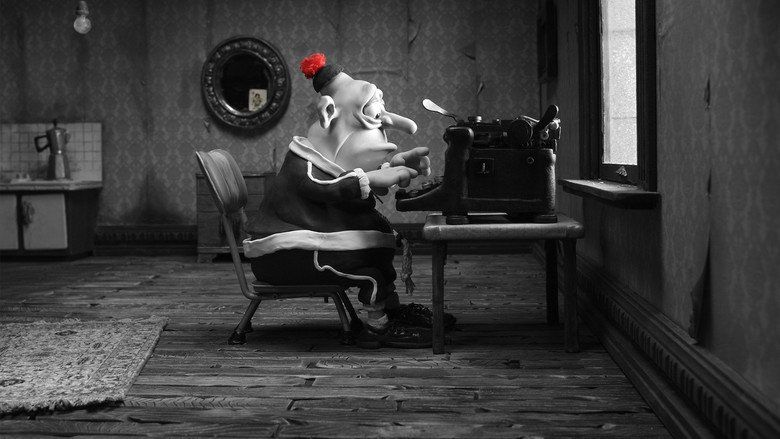
Mary and max official trailer hd
Plot

In 1976, eight-year-old Mary Daisy Dinkle (Bethany Whitmore) lives a lonely life in Mount Waverley, Australia. At school, she is teased by her classmates because of an unfortunate birthmark on her forehead; while at home, her distant father, Noel, and alcoholic, kleptomaniac mother, Vera, provide little support. Her only comforts are her pet rooster, Ethel; her favourite food, sweetened condensed milk; and a Smurfs-like cartoon show called The Noblets. One day, while at the post office with her mother, Mary spots a New York City telephone book and, becoming curious about Americans, decides to write to one. She randomly chooses Max Jerry Horowitz's name from the phone book and writes him a letter telling him about herself, sending it off in the hope that he will become her pen friend.
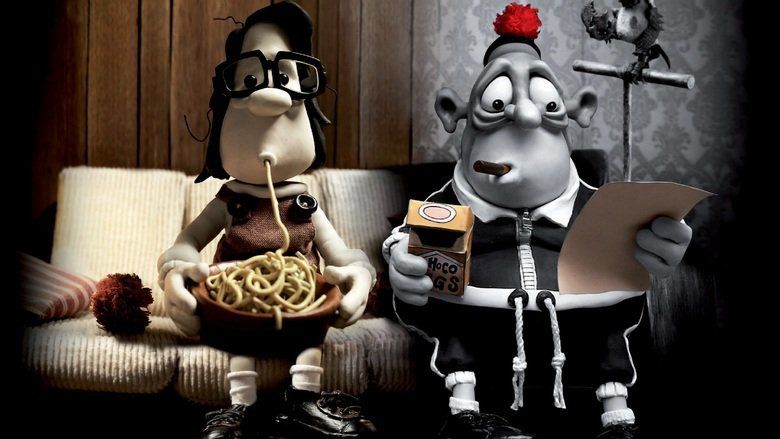
Max Jerry Horowitz (Philip Seymour Hoffman) is a morbidly obese 44-year-old Jewish atheist who has trouble forming close bonds with other people, due to various mental and social problems. Though Mary's letter initially gives him an anxiety attack, he decides to write back to her, and the two quickly become friends (partly due to their shared love of chocolate and The Noblets). Due to Vera's disapproval of Max, Mary tells him to send his letters to her agoraphobic neighbour, Len Hislop, whose mail she collects regularly. When Mary later asks Max about love, he suffers a severe anxiety attack and is institutionalized for eight months. After his release, he is hesitant to write to Mary again for some time. On his 48th birthday, he wins the New York lottery, using his winnings to buy a lifetime supply of chocolate and an entire collection of Noblet figurines. He gives the rest of his money to his elderly neighbour Ivy, who uses most of it to pamper herself before dying in an accident with a malfunctioning jet pack. Meanwhile, Mary becomes despondent, thinking Max has abandoned her.
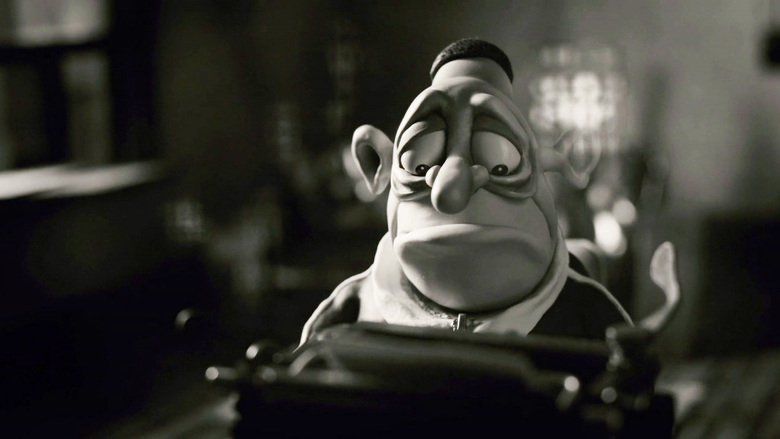
On the advice of his therapist, Max finally writes back to Mary and explains he has been diagnosed with Asperger syndrome. Mary is thrilled to hear from him again, and the two continue their correspondence for the next several years. When Noel retires from his job at a tea bag factory, he takes up metal detecting, but is soon swept away (and presumably killed) by a big tidal bore while on a beach. Mary (Toni Collette) goes to university and has her birthmark surgically removed, and develops a crush on her Greek Australian neighbour, Damien Popodopoulos (Eric Bana). Drunk and guilt-ridden over her husband's death, Vera accidentally kills herself after she drinks embalming fluid (which she mistook for cooking sherry). Mary and Damien grow closer following Vera's death and are later married.
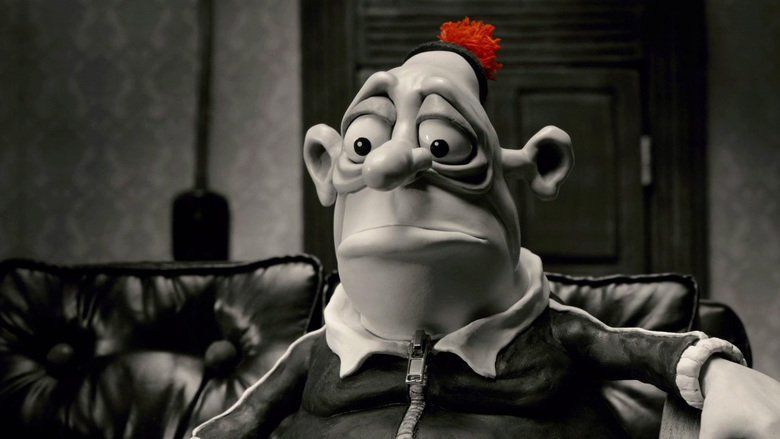
Inspired by her friendship with Max, Mary studies psychology at university, writing her doctoral dissertation on Asperger syndrome with Max as her test subject. She plans to have her dissertation published as a book; but when Max receives a copy from her, he is infuriated that she has taken advantage of his condition, which he sees as an integral part of his personality and not a disability that needs to be cured. He breaks off communication with Mary (by removing the letter "M" from his typewriter), who, heartbroken, has the entire run of her book pulped, effectively ending her budding career. She sinks into depression and begins drinking cooking sherry, as her mother had done. While searching through a cabinet, she finds a can of condensed milk, and sends it to Max as an apology. She checks the post daily for a response and one day finds a note from Damien, informing her that he has left her for his own pen friend, Desmond, a sheep farmer in New Zealand.
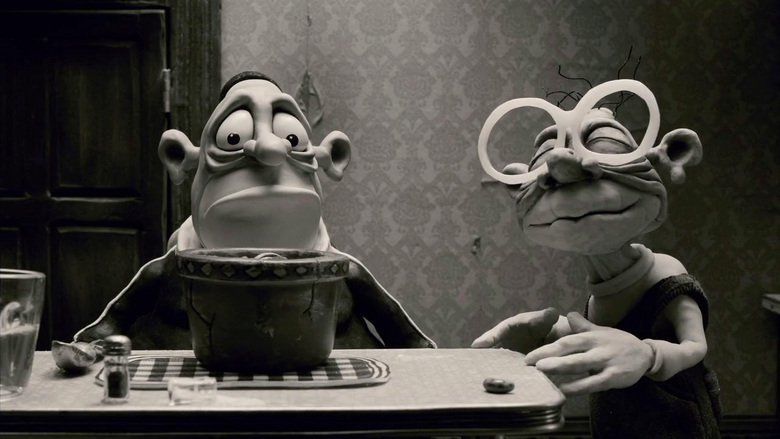
Meanwhile, after an incident in which he nearly chokes a homeless man (Ian "Molly" Meldrum) in anger, after throwing a used cigarette, Max realizes Mary is an imperfect human being, like himself, and sends her a package containing his Noblet figurine collection as a sign of forgiveness. Mary, however, has sunken into despair after Damien's departure, and fails to find the package on her doorstep for several days. Finding some Valium that had belonged to her mother, and unaware that she is pregnant with Damien's child, Mary decides to commit suicide. As she takes the Valium and is on the verge of hanging herself, Len knocks on her door, having conquered his agoraphobia to alert her of Max's package. Inside, she finds the Noblet figurines and a letter from Max, in which he tells her of his realization that they are not perfect and expresses his forgiveness. He also states how much their friendship means to him, and that he hopes their paths will cross one day.

One year later, Mary travels to New York with her infant child to finally visit Max. Entering his apartment, Mary discovers Max on his couch, gazing upward with a smile on his face, having died earlier that morning. Looking around the apartment, Mary is awestruck to find all the letters she had sent to Max over the years, laminated and taped to the ceiling. Realizing Max had been gazing at the letters when he died, and seeing how much he had valued their friendship, Mary cries tears of joy and joins him on the couch.
Cast
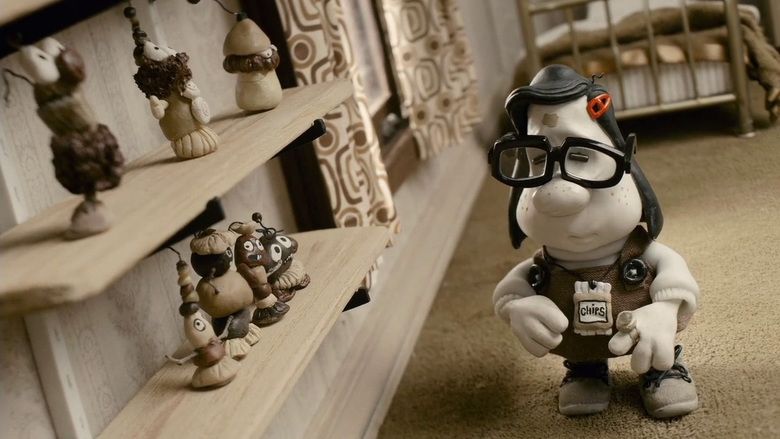
Themes
The film deals with themes including childhood neglect, friendship, addiction, alcoholism, recovery, the obscurity of life, teasing, loneliness, mental illness, autism (Asperger syndrome in particular), obesity, suicide, depression, isolation, and anxiety.
Production
According to the opening credits, the film is based on a true story. In an interview given in April 2009, writer-director Elliot clarified that the character of Max was inspired by "a pen-friend in New York who I've been writing to for over twenty years." Principal photography lasted over 57 weeks, using 133 separate sets, 212 puppets, and 475 miniature props, "including a fully functioning Underwood typewriter which apparently took 9 weeks to design and build."
Music
The music in the film features Simon Jeffes and the Penguin Cafe Orchestra's "Perpetuum Mobile" (the opening theme) and "Prelude and Yodel", as well as "Russian Rag" by Elena Kats-Chernin. The closing-credits music is "A Swingin' Safari" by Bert Kaempfert and his Orchestra. Other artists include Nana Mouskouri, Dale Cornelius, Leroy Anderson, Pink Martini, London Pops Orchestra, James Last and his Orchestra, The King's Consort and Choir, the Sydney Alpha Ensemble, and the ABC Radio Orchestra.
This film also includes the Pink Martini version of Doris Day's most well-known song, "Que Sera Sera", which is played over Mary's attempted suicide scene.
Critical response
Mary and Max received very positive reviews. As of August 2014, 95% (57 of 60) of the critics at the film review aggregator Rotten Tomatoes rate Mary and Max fresh, with eleven of the fourteen "Top Critic" reviews agreeing. Matt Ravier, writing for In Film Australia, said the "story is paper-thin and some stretches of it are simply too long, yet whenever the narrative thread threatens to tear the sheer authenticity and bold honesty of the characters save the day". The Los Angeles Times called it a "remarkable and poignant" film depicting a "film noir world of blacks, whites and grays for Max and a sepia suburbia for Mary". After the film was released on DVD in the United States, Slant said "Adam Elliot's dry wit is pervasive throughout Mary and Max and it's nice to see that this unique sense of humor extends to the extras. The writer-director gives a funny and informative audio commentary and a set of hilarious making-of episodes reflects the sardonic tone of the production. The big prize here, however, is the addition of Elliot's Oscar-winning short Harvie Krumpet. This Geoffrey Rush-narrated tale of the titular Tourette syndrome sufferer is a wonderful introduction both to Elliot's sensibilities and to Mary and Max's specific tone."
Box office
Mary and Max grossed $1,444,617 at the Australian box office. The film received no general theatrical release in the United States, though it was showcased at several American film festivals, and was briefly shown at one of the Laemmle Theatres in the Los Angeles area. The film's U.S. distributor (IFC Films) made the film available through video on demand. The film was released in France by Gaumont and in Germany by MFA to significant critical and box office success.
Awards
This film was also short listed for the Academy Award for Best Animated Feature, but was ultimately not nominated.
Home media release
Mary and Max was released on DVD on January 26, 2010 by Icon Entertainment International.
Related exhibition
An exhibit of artefacts and clips from the film were presented in France and Australia. In France the exhibition was hosted by Gaumont as part of the release. In Australia initially at the Australian Centre for the Moving Image for three months starting in March 2010 and then touring around Australia throughout 2010/2011.
References
Mary and Max WikipediaMary and Max IMDbMary and Max Rotten TomatoesMary and Max themoviedb.org
